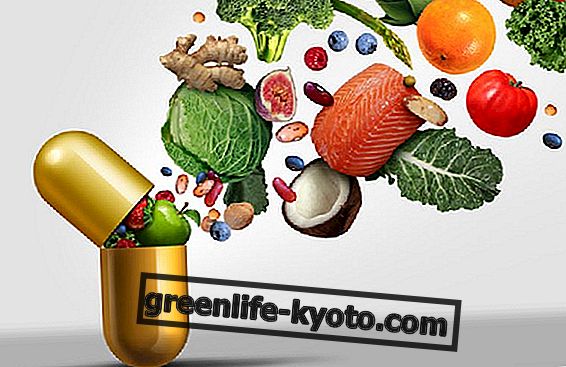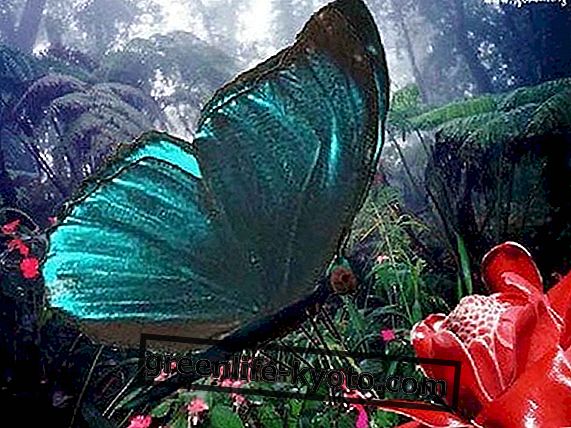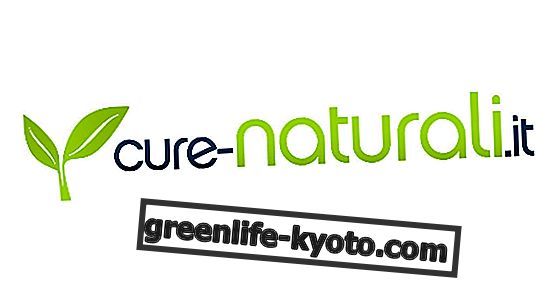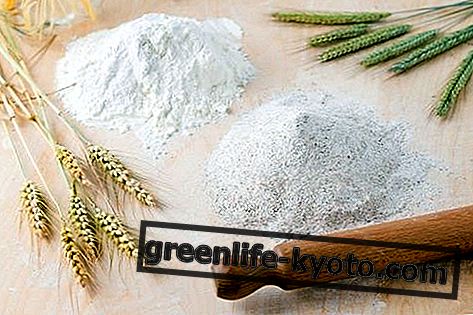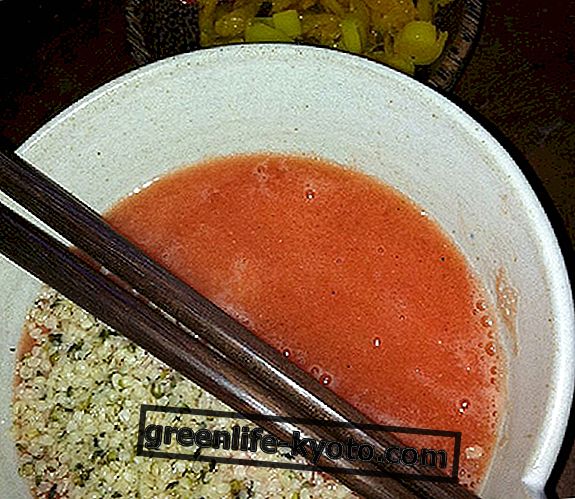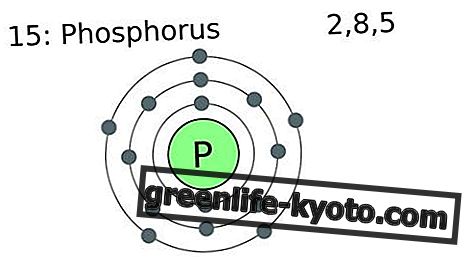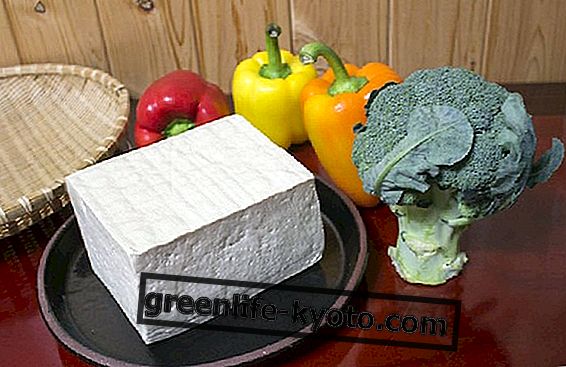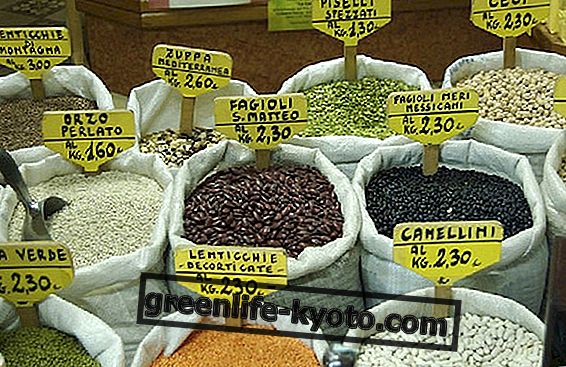The essential mallow oil comes from the homonymous plant, the mallow ( Malva sylvestris ), belonging to the Malvaceae family. It is sold mainly as a dried product, but also in the form of oleolite or essential oil, much less known and widespread . Thanks to its emollient and anti-inflammatory properties, the mallow is generally useful against coughs, but also to regulate the function of the intestine. Let's find out better.
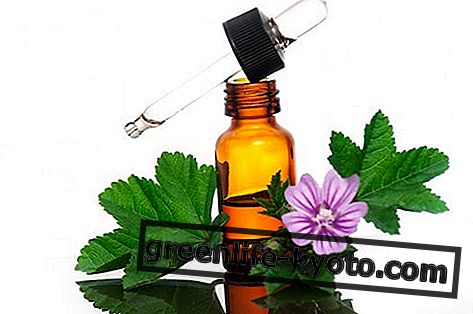
Properties and benefits of mallow essential oil
True concentrate of sweetness, the mallow is a fundamental plant in phytotherapy, suitable for everyone and for various ailments, from pregnant women to younger children.
The flowers and in particular the leaves of the mallow are rich in mucilages, which give the plant emollient and anti-inflammatory properties for all the soft tissues of the body.
These active ingredients act by coating the mucous membranes with a viscous layer that protect them from irritating agents. It is therefore an excellent emollient, anti-inflammatory, calming, softening and cooling, not only for the skin, but also for the urinary tract and the digestive system.
It is a beneficial remedy for constipation, stomach acidity and gastritis, colitis and gastro enteritis; burns, irritations, skin inflammations, insect bites, boils, abscesses; mouth ulcers, dental infections, stomatitis, gingivitis, irritation and inflammation of the eyes, conjunctivitis; cystitis. This if used as herbal teas, infusions, poultices, oil.
While real essential oil is known very little . A French site reports a Malvenöl produced by Wala (Dr Hauschka) and used in anthroposophic medicine to stimulate the metabolism following nervous exhaustion, emphasizing that it remains a rather mysterious oil.
Description of the plant
Plant or native probably in North Africa, in Italy it grows spontaneously almost everywhere. Perennial with a bushy, upright and prostrate habit. The stem (60-80 cm), woody at the base, bears petiolate leaves with 5-7 lobes, with toothed margins, covered with hairs.
The flowers, which sprout in the axils of the leaves, are pink-purple with darker streaks. Frequent in meadows and uncultivated areas of the plains and hills, it is often spontaneous in vegetable gardens and gardens.
Part used
Flowers and leaves
You can learn more about the properties and benefits of mallow

Use and practical advice on mallow essential oil
With mallow, in general, one can find benefit by gargling, in case of inflammation of the throat, or dry cough, or by lavender in case of vaginal or urinary irritation.
It also improves certain digestive problems, such as inflammation of the internal mucous membranes of the stomach and intestines, and has a slight laxative action. It is a perfect remedy for children, the elderly and pregnant women. Externally it calms skin irritations, like those of children. No advice in literature on real oil.
Contraindications of mallow essential oil
Mallow is a remedy that does not present any type of contraindication, as long as it is not abused or is not aware of intolerances to the plant's constituent ingredients such as malvin and malvidin.
Background
The emollient virtues of mallow are known and appreciated since ancient times, in fact, its name derives from the Latin term mollire that is "able to soften".
The Greeks instead called it malachè, which means "to make it soft" . Hippocrates recommended it for its emollient and laxative properties, but it was also used as food by poor people. In fact, it is excellent in soups, boiled or in salads dressed with oil and salt.



